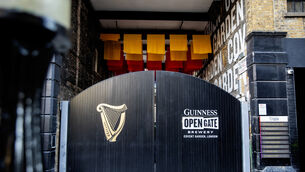Plan for €20m aviation fuel pipeline to Dublin Airport opposed

Last month, Dublin City Council gave the green light to Fingleton White Ltd for the 11km section of the pipeline that passes through city council territory.
In June, Fingal County Council granted planning for the remaining 3km of the pipeline, which commences at Dublin Port.
















